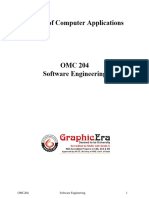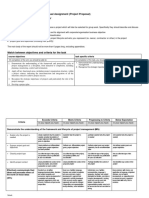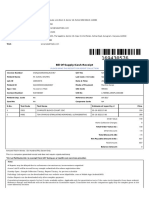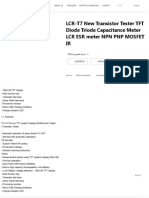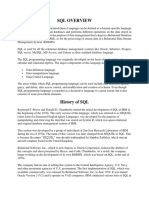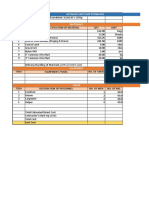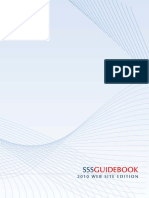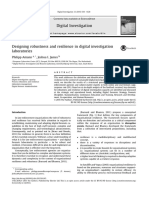0% found this document useful (0 votes)
18 views4 pagesSoftware Engineering Notes
The document provides an overview of software engineering, covering its discipline, life cycle models, requirements analysis, software design, coding, testing, software reliability, quality management, and maintenance. It discusses various software development practices and methodologies, emphasizing the importance of structured approaches and user involvement. Additionally, it highlights the role of Computer-Aided Software Engineering (CASE) tools and the different types of software maintenance activities.
Uploaded by
info.csccomputeracademyCopyright
© © All Rights Reserved
We take content rights seriously. If you suspect this is your content, claim it here.
Available Formats
Download as DOCX, PDF, TXT or read online on Scribd
0% found this document useful (0 votes)
18 views4 pagesSoftware Engineering Notes
The document provides an overview of software engineering, covering its discipline, life cycle models, requirements analysis, software design, coding, testing, software reliability, quality management, and maintenance. It discusses various software development practices and methodologies, emphasizing the importance of structured approaches and user involvement. Additionally, it highlights the role of Computer-Aided Software Engineering (CASE) tools and the different types of software maintenance activities.
Uploaded by
info.csccomputeracademyCopyright
© © All Rights Reserved
We take content rights seriously. If you suspect this is your content, claim it here.
Available Formats
Download as DOCX, PDF, TXT or read online on Scribd
/ 4











































